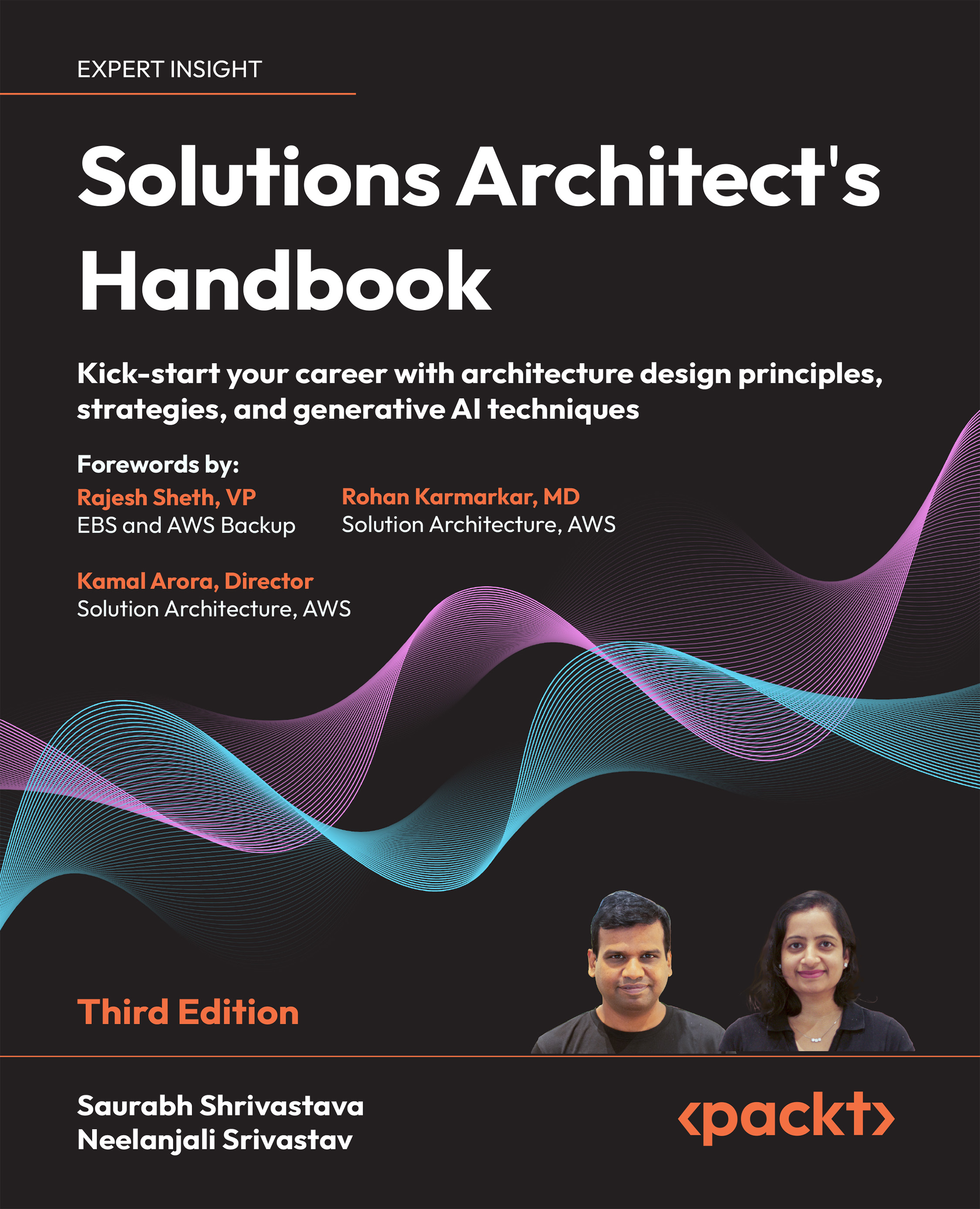Solutions architect in an Agile organization
The Agile model is becoming very popular. It represents a significant shift from traditional project management methodologies. Unlike the traditional waterfall model, which follows a linear and sequential approach, Agile emphasizes flexibility, collaboration, and adaptability. It involves iterative development, where projects are divided into small, manageable units allowing for frequent reassessment and adaptation. This approach encourages continuous feedback and customer involvement throughout the project life cycle, contrasting with the traditional model’s rigid structure and tendency to incorporate feedback only at specific stages. Agile’s dynamic nature makes it particularly suitable for projects where requirements are expected to evolve or are not fully defined at the outset.
What comes to mind when thinking about the solutions architect in an agile model? There are many myths, such as thinking that solution architecture is a very complex activity, and with agile you will be asked to submit your design right away or in the next sprint cycle. Another myth is that agile architecture will not be robust to such architecture design and development, or that testing is not possible.
A solutions architect in an agile environment needs to follow an iterative re-architect concept by inspecting and adapting the approach. It’s about choosing the right solution for enterprises, communicating well, taking continuous feedback, and modeling in an agile way. The development team needs a solid architectural foundation and the ability to adapt to changing requirements; they need guidance and mentoring from a solutions architect.
The foundation of the agile architecture should involve reducing the cost of changes, reducing unnecessary requirements by challenging them, and creating a framework to reverse incorrect requirements rapidly. The agile architect builds prototypes to minimize risk and plans for change by understanding them. They design the prototypes while balancing the needs of all stakeholders and creating a loosely coupled architecture that can easily integrate with other modules.
Agile architecture advocates designing decoupled and extendable interfaces, automation, rapid deployment, and monitoring. Solutions architects can build decoupled designs using microservice architecture and rapid deployment using test framework automation with a continuous deployment pipeline. You will learn more about various loosely coupled architecture patterns in Chapter 4, Solution Architecture Design Patterns.
































































